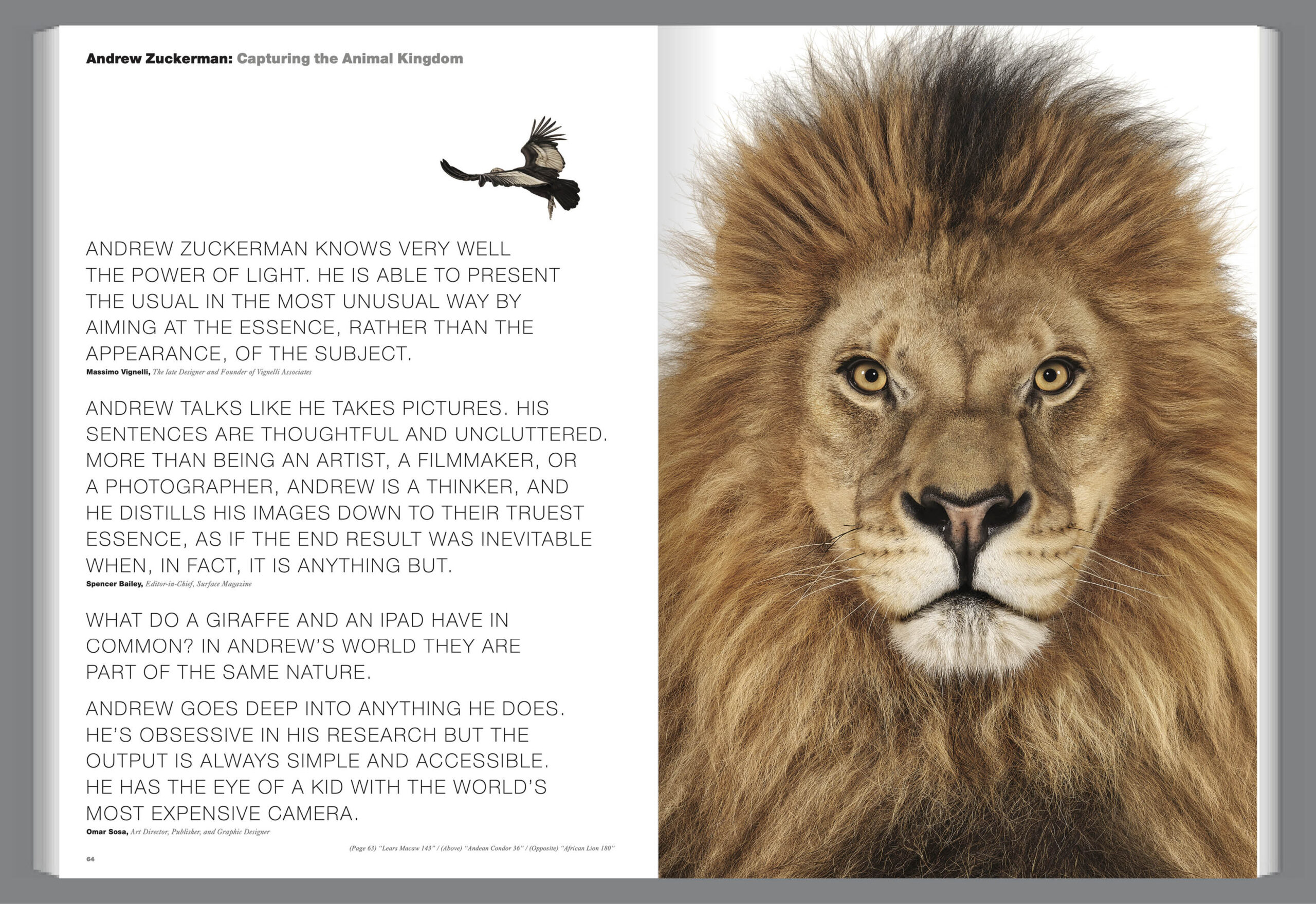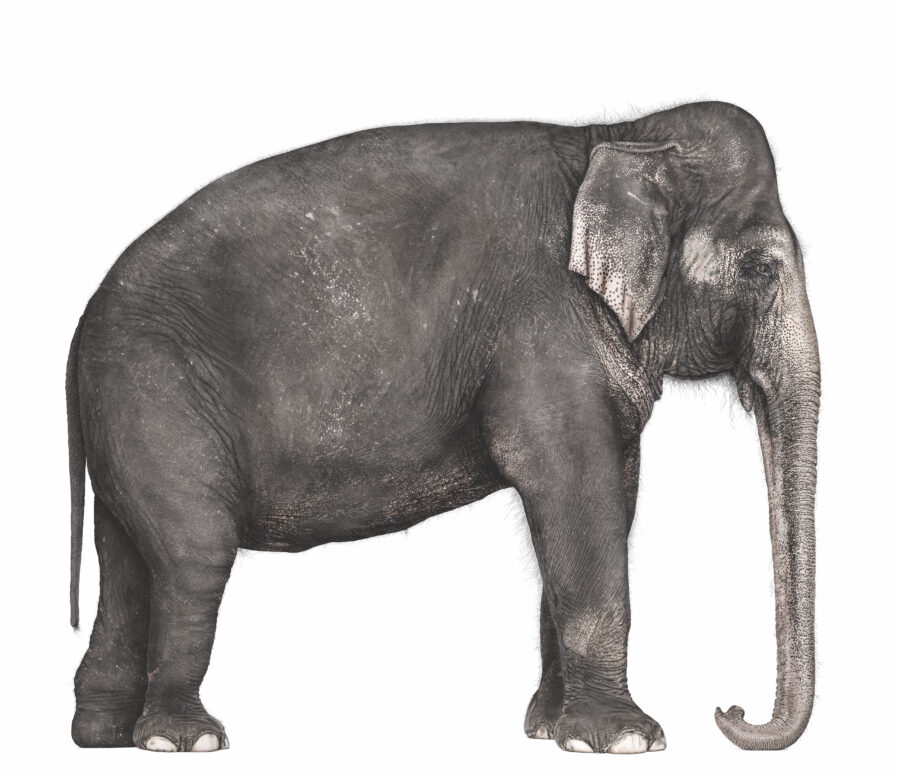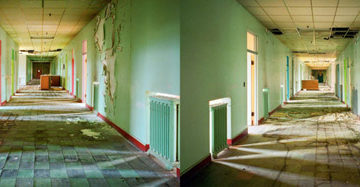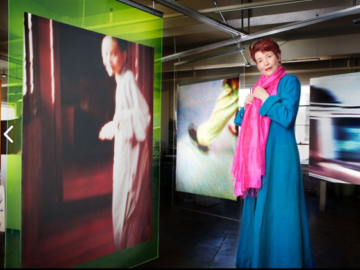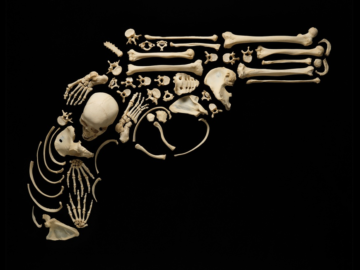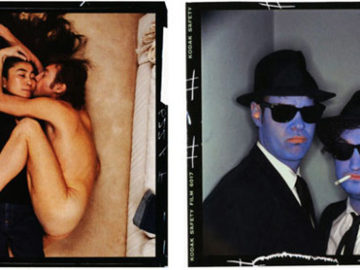In contemporary photography, few artists are as compelling as Graphis Master Andrew Zuckerman. His hyper-realistic animal portraits are a blend of technology and artistry, resulting in images that boast an uncanny level of detail. These full-scale renditions, stripped of their natural habitat, showcase the breathtaking beauty, forms, and textures of the biosphere. You might mistake them for paintings at first glance because they capture details that often seem impossible to photograph. Through Andrews’s lens, we see the animal kingdom in a completely new light.
Introduction by Bjarke Ingels, Principal Architect, Bjarke Ingels Group
Andrew Zuckerman is a present-day Renaissance person. His 1:1 animals — essentially hyper-realistic portraits of animals reproduced in full scale seem at first like ordinary animal photography. But having eliminated the natural habitat, the jaw-dropping beauty and forms and textures of the biosphere shine in all their complexity. And then you realize that they are actually paintings rather than photographs—because they’re photographs that seem impossible to take—and their resolution defies all existing technology. So the elephant is photographed and then repainted in post by putting together tens or hundreds of details into a full-scale, full-size elephant. I had seen elephants, of course—I had ridden one—but I had truly never seen an elephant until I saw it on Andrew’s wall (and now mine). Just as his work happens at the intersection between art and technology, his home and studio are like curated encounters with birds’ nests, space gloves, sculpture, painting, photography, design, architecture, calligraphy, taxidermy… different fields from different ages all fusing together in an obvious yet unpredictable coherence. And that is how Andrew is as a person, a friend, a conservationist. A relaxed source of deep knowledge from such different fields all flowing in free association with no prejudice of where the conversation needs to go or what aspect of it merits the most. I always leave excited about the world and what’s in it—and with a long list of things that deserve a deeper dive.
